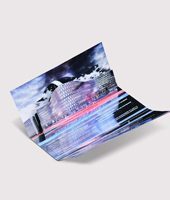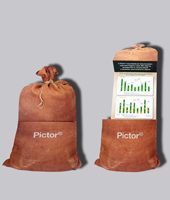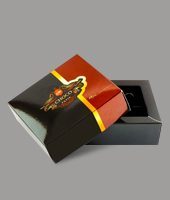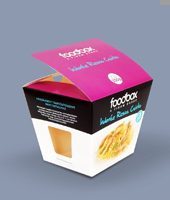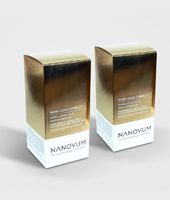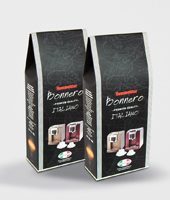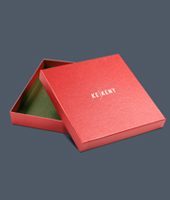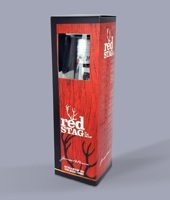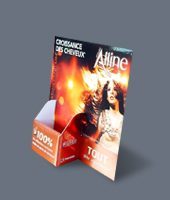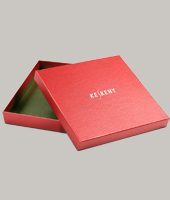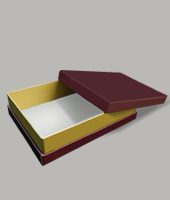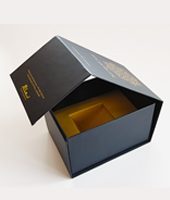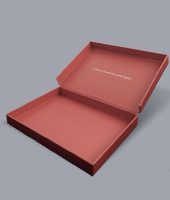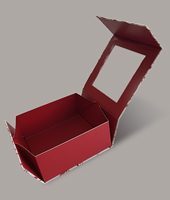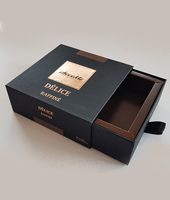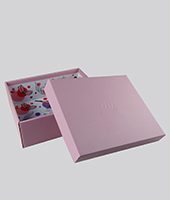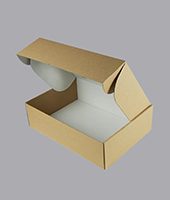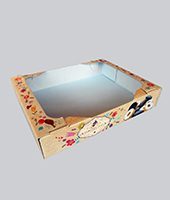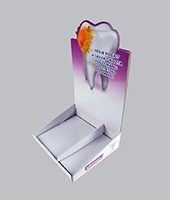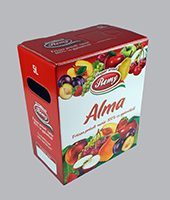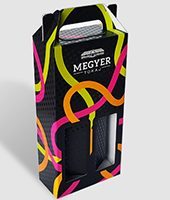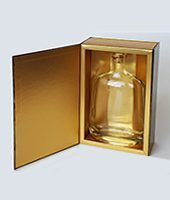FILE EXCHANGE FORMAT: THE PDF/X STANDARD
File exchange format: The PDF/X standard
Please submit the production ready files in PDF/X-1a:2003 format.
PDF/X (PDF for eXchange) standards were created for trouble-free document exchange, printing, file processing, and production.
The popular PDF extension consists of the initials of the name Portable Document Format. The file format was developed by Adobe to display documents independently of systems (operating systems, devices, software, etc.). So the point of PDF documents is that they look the same on all platforms.
In general, PDF documents are not created and used solely for printing purposes, so they may contain information that is unsuitable for printing or results in incorrect printing. The resulting problems can be avoided by complying with PDF/X standards for print production files.
Using the PDF/X-1a:2003 format is the safest way to submit print-ready files. Only CMYK, Gray, and Spot colors are allowed in standard-compliant files, and they cannot contain multilayer, transparency, or different embedded ICC color profiles. Each CMYK element must be separated (converted to a CMYK mode) or created with an output color profile (Output Intent) that matches the printing technology. By using the standard, the pre-press production is smoother, and numerous graphic problems can be eliminated. For reliability, please use this format!
Other PDF/X standards:
-
- PDF/X-1a:2001 is an earlier version of PDF/X-1a:2003. There is no significant difference between them, so both formats are suitable for job submission.
- In case of PDF/X-3:2002, PDF/X-3:2003, PDFs can include RGB, CIE Lab color space colors, or (several) embedded ICC color profiles. If these are not set correctly, there may be a discrepancy between the colors expected and printed. We also do not recommend using these standards because the PDF/X-4 format has already made them obsolete.
- Within PDF/X-4 standard, the PDFs can contain RGB, CIE Lab color space colors, embedded ICC color profiles, and transparencies and layers. If these are not set correctly, there may be a discrepancy between the colors expected and printed. The use of this standard, despite its versatility, is not recommended.


